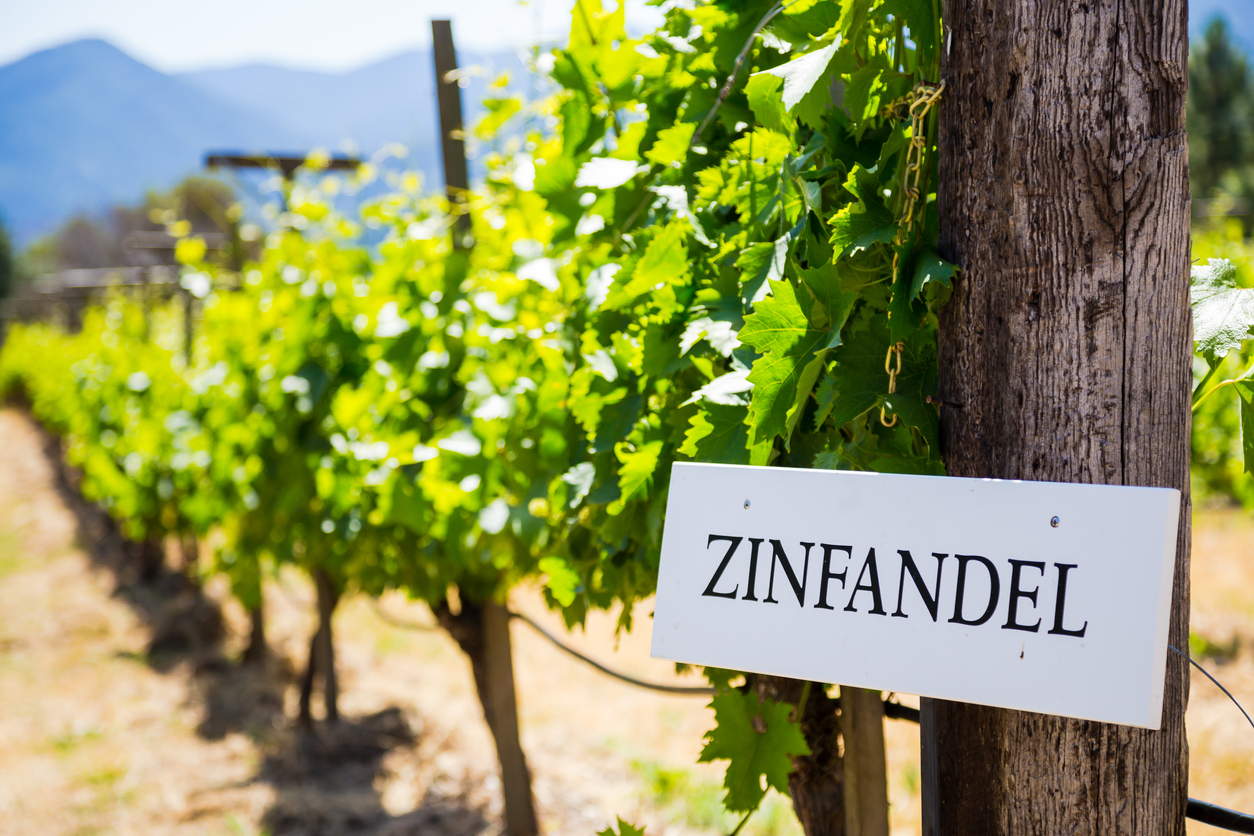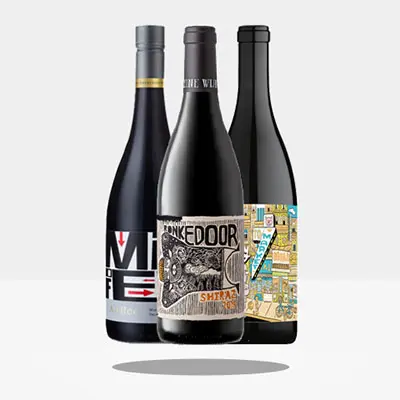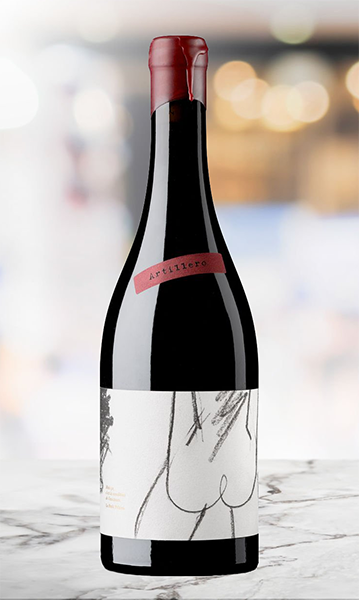
We all know zinfandel as California’s signature grape. Its deep, purple color, concentrated fruit, and juicy personality is certainly a crowd-pleaser. Better yet, you can generally find an excellent zin for less than you’d pay for your coffee break at Starbucks, and that’s always a bonus.
But though we immediately think of zinfandel as purely California, its history is a little more diverse. Its precise origins were unknown until recently, but a research partnership between UC Davis and the Zinfandel Advocates and Producers (ZAP) consortium uncovered the truth.
It turns out that our beloved zin has roots that date back almost 6,000 years to the Dalmatian Coast of Croatia. From there, it spread through the Dalmatian Islands, where they called it Crljenak Kastelanski; to Italy, where it was called Primitivo; to Vienna, Austria, and finally to the United States.
What Does Zinfandel Taste Like?
Zinfandel is a dark, rich, medium to full-bodied red wine with a distinctly juicy flavor profile. You’ll find aromas of berry fruits ranging from blueberry to raspberry and bramble fruits, violet floral overtones, and black pepper notes. On the palate, it’s a high-acid wine with low tannins, although top examples can result in a chewier (more dry and tannic) wine.
The mid-palate can range from jammy to spicy to fresh and juicy, depending on exactly where the grapes are grown. Hotter microclimates tend to produce low-acid jammy wines, whereas zin grown at higher altitudes, such as Mendocino Ridge, will be more acidic and structured.
Zinfandel is often aged in American oak, which adds aromas of talcum, lavender, and baking spices.
What Foods Pair with Zinfandel?
Zinfandel is marvelous enjoyed on its own, but pairs well with steak, barbeque ribs, hard cheeses, braised meats, spaghetti Bolognese, roast lamb, or a rare venison chop. Avoid foods that are very spicy as zin’s acidity tends to interfere with the flavors.
What Does “Old Vines” Really Mean?
You’ll see the term “old vines” on a lot of zin labels, and since there is no legal definition to limit the use of the phrase, wineries have a pretty wide berth to base their claims upon. In other words, when it says old vines on the label, it could mean 20 years, 50 years, or 100 years plus. Unless you know and trust the producer’s claims, there’s no real way to know.
Suffice to say, however, that the older the zinfandel vine is, the more concentrated the juice will be. Old head-trained vines of 50+ years don’t produce a lot, but what they do produce is nothing short of incredible. For example, a 100-year-old bush vine might only give up two bunches of grapes per vintage, which means two things—less wine (of course) and more expensive wine because of the scarcity.
Drink zinfandel within six years of the vintage for peak enjoyment. Zinfandel is not meant for aging and will not improve with extended cellaring.






